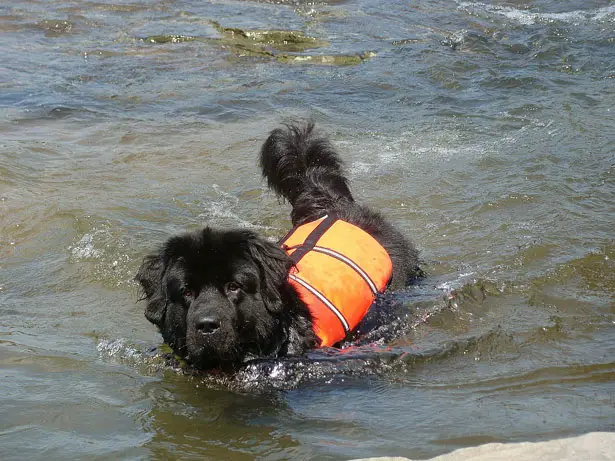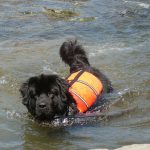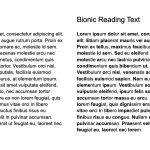Narwhal
The Narwhal is a unique toothed whale known for the long, spiral tusk that protrudes from the male’s upper lip, often dubbed the “unicorn of the sea.” Found primarily in the Arctic waters, these creatures have fascinated humans for centuries and play a significant role in Inuit culture.

Nase
The Nase is a small, silver-coloured freshwater fish predominantly found in European rivers and lakes. Active and agile, it often dwells at the bottoms of clean, fast-flowing waters and feeds on small aquatic organisms.
Nematode
Nematodes, commonly referred to as roundworms, are microscopic worms that inhabit diverse environments, ranging from the human gut to soil. With an estimated million different species, some nematodes are helpful decomposers, while others are harmful parasites.
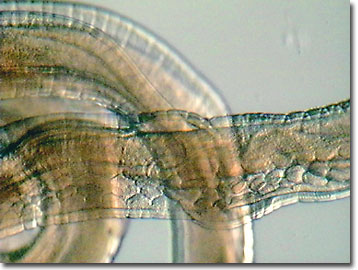
Newfoundland (Dog)
The Newfoundland dog, often shortened to “Newfie,” is a giant, affectionate breed renowned for its swimming prowess. Originating from Newfoundland, Canada, they have been celebrated for their life-saving rescues in water, attributed to their webbed feet and dense waterproof fur.
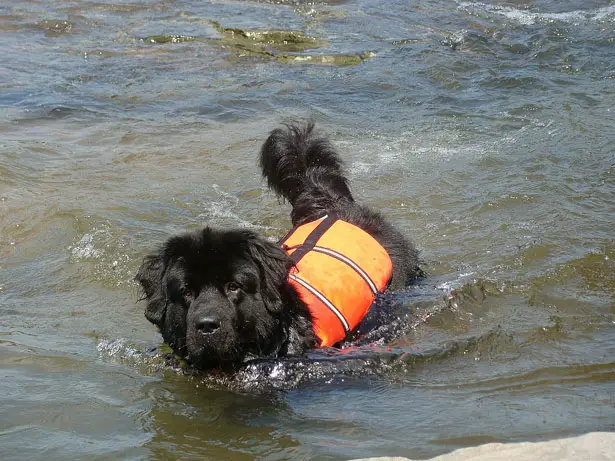
Newt
Newts are delicate, semi-aquatic amphibians belonging to the Salamander family. Often found in moist, temperate habitats across the Northern Hemisphere, they undergo a fascinating life cycle transition from aquatic larvae to land-dwelling juveniles and finally to water-loving adults.
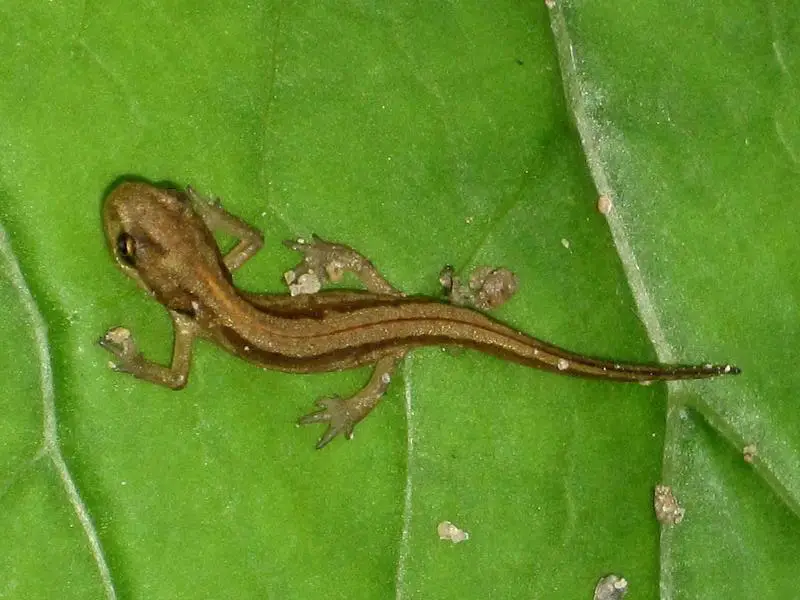
Nicator
Nicator birds, native to the African continent, possess strong and melodious voices. These songbirds often inhabit dense forest regions, making them slightly elusive and a delight for birdwatchers when spotted.
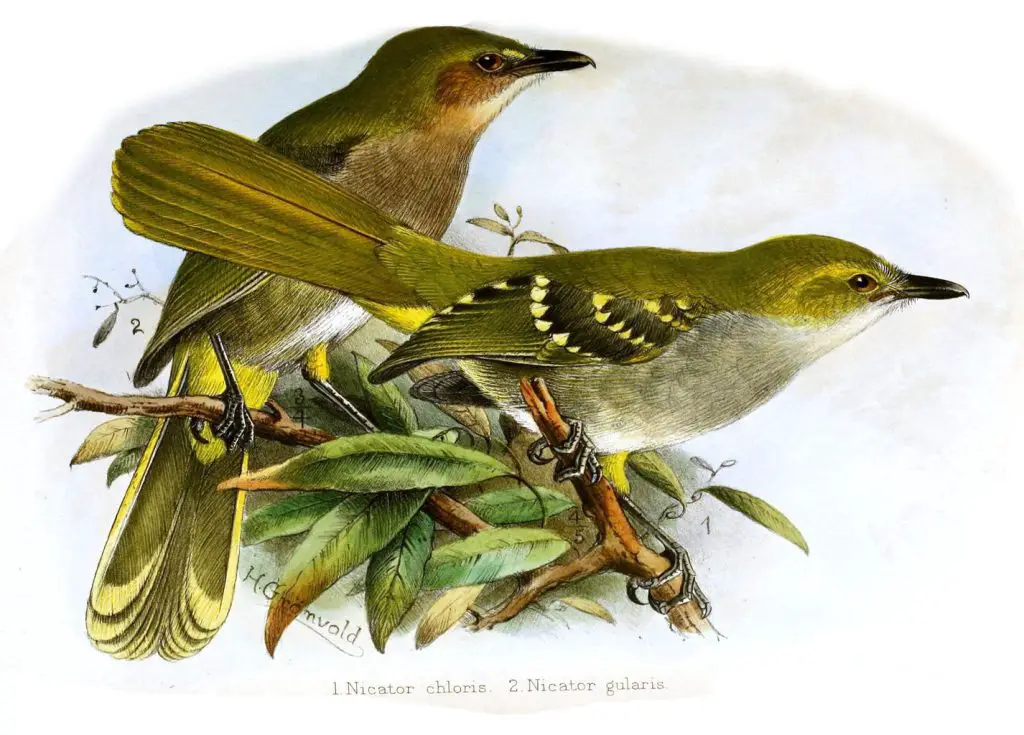
Nicobar pigeon
Sporting a shimmering, iridescent plumage, the Nicobar pigeon is the closest living relative to the extinct dodo. These birds are native to the Nicobar Islands but can be found scattered across various islands in the Southeast Asian region.
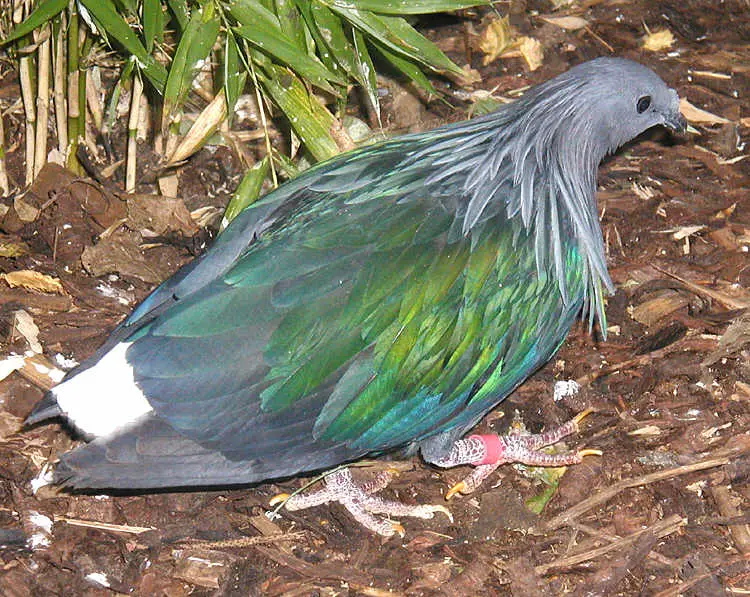
Nighthawk
Nighthawks, part of the nightjar family, come alive in the twilight. Inhabitants of the Americas, they have a unique flight pattern and feed primarily on flying insects, catching them mid-air with their wide mouths.
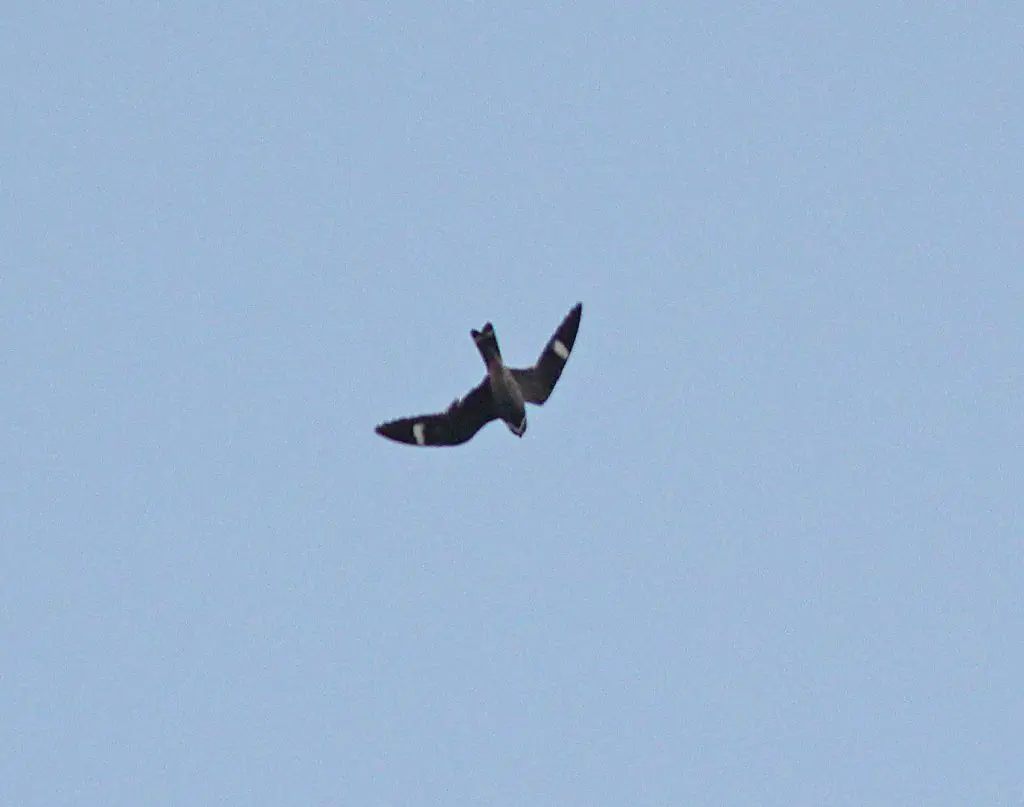
Nile Crocodile
The Nile crocodile is one of Africa’s most feared predators. Dwelling in freshwater habitats, this reptile can grow up to 20 feet and has a notorious reputation for its aggressiveness, often lying in wait for its prey before launching a sudden attack.
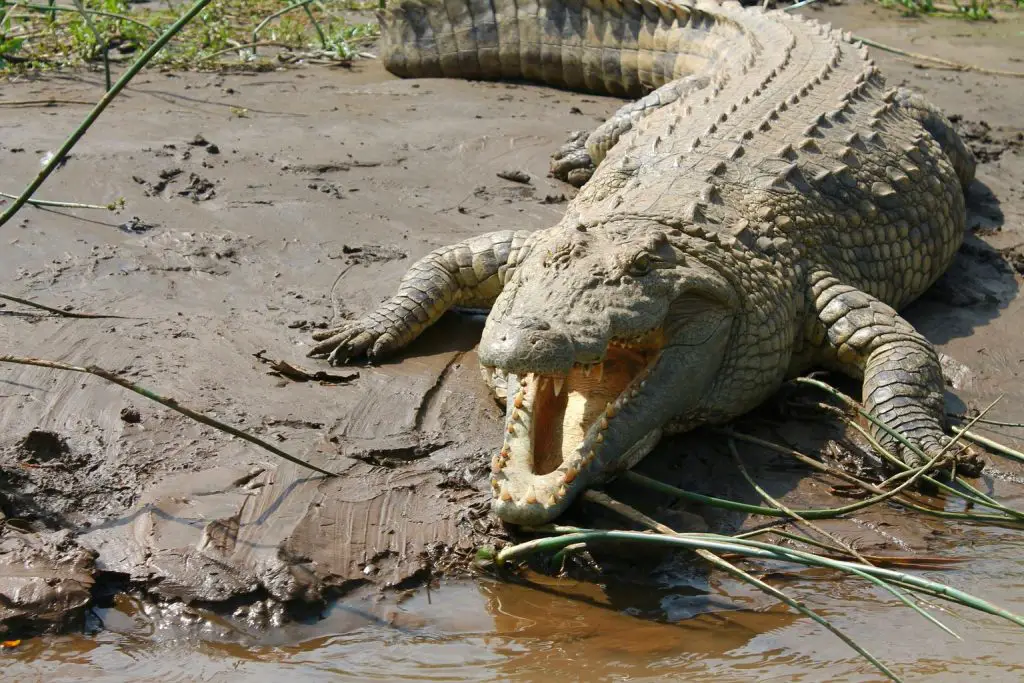
Nkupe
Found in the southern reaches of Africa, especially in Lake Malawi, the Nkupe is a freshwater fish. They often thrive in rocky environments and are sought after by local fishermen for their tender meat. Distichodus mossambicus
Nudibranch
Nudibranchs, or sea slugs, are a feast for the eyes. These marine molluscs boast vibrant colours and intricate patterns, making them popular among divers and marine photographers. Although they lack shells in their adult form, their bright colours often signal toxicity to potential predators.
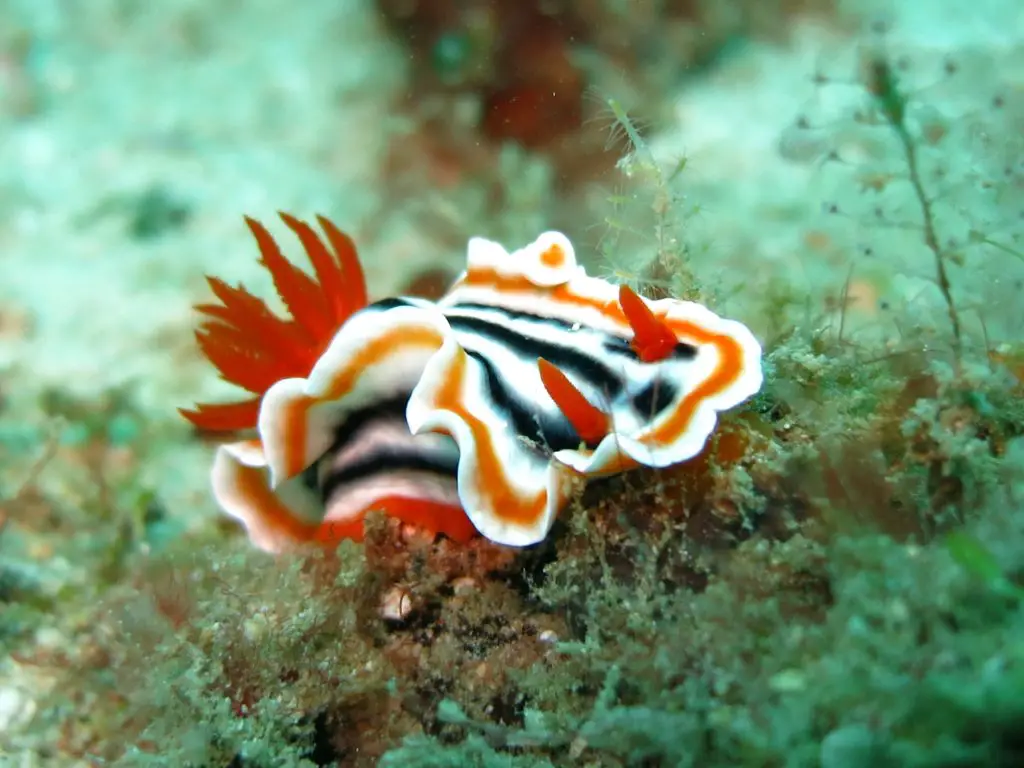
Numbat
The Numbat, with its striped back and bushy tail, is a small marsupial native to western Australia. Unlike other marsupials, numbats have a unique diet, feeding exclusively on termites using their long, sticky tongues.
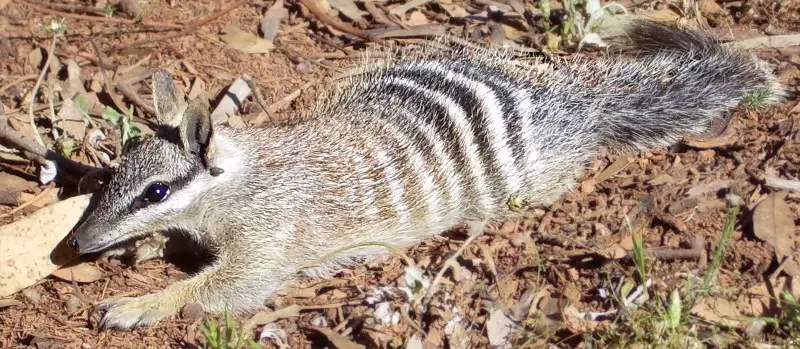
Numbray (Electric Ray)
The Numbray, also known as the electric ray, possesses electric organs, allowing it to produce shocks for defence or to stun prey. These fascinating creatures can be found across various marine habitats worldwide.
Nuthatch
Recognisable by their unique habit of descending trees headfirst, nuthatches are compact birds with strong bills. They primarily feed on insects and seeds and are often spotted clinging to the bark of trees in wooded areas.
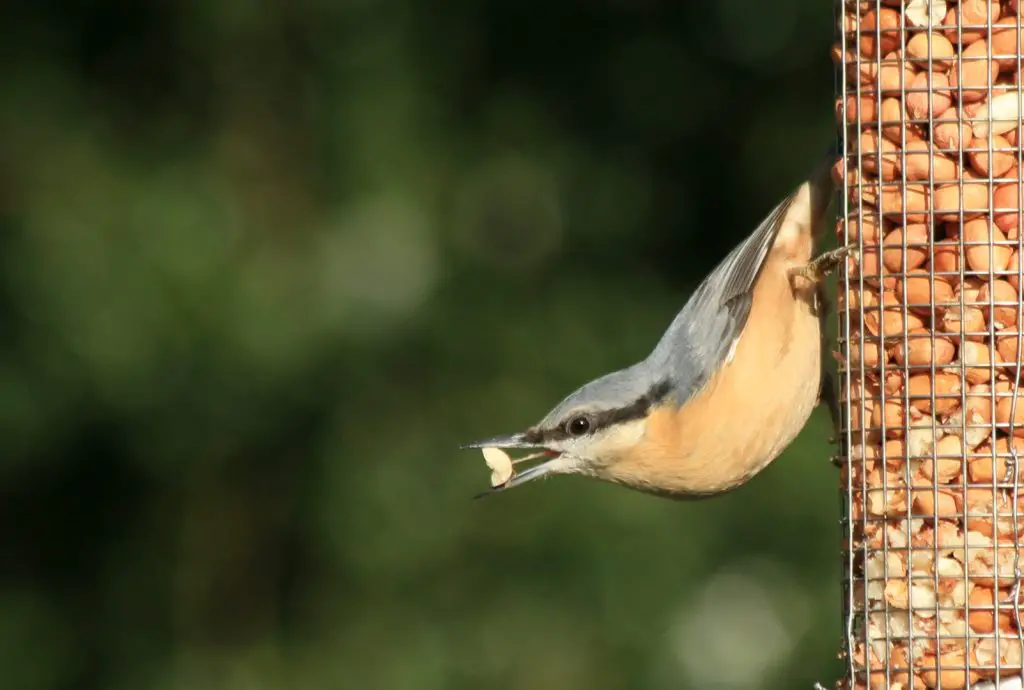
Nyala
The nyala is a spiral-horned antelope gracing the landscapes of southern Africa. Males boast impressive long horns and a shaggy mane, while the more understated females lack horns. They are predominantly browsers and are often spotted in woodland areas.
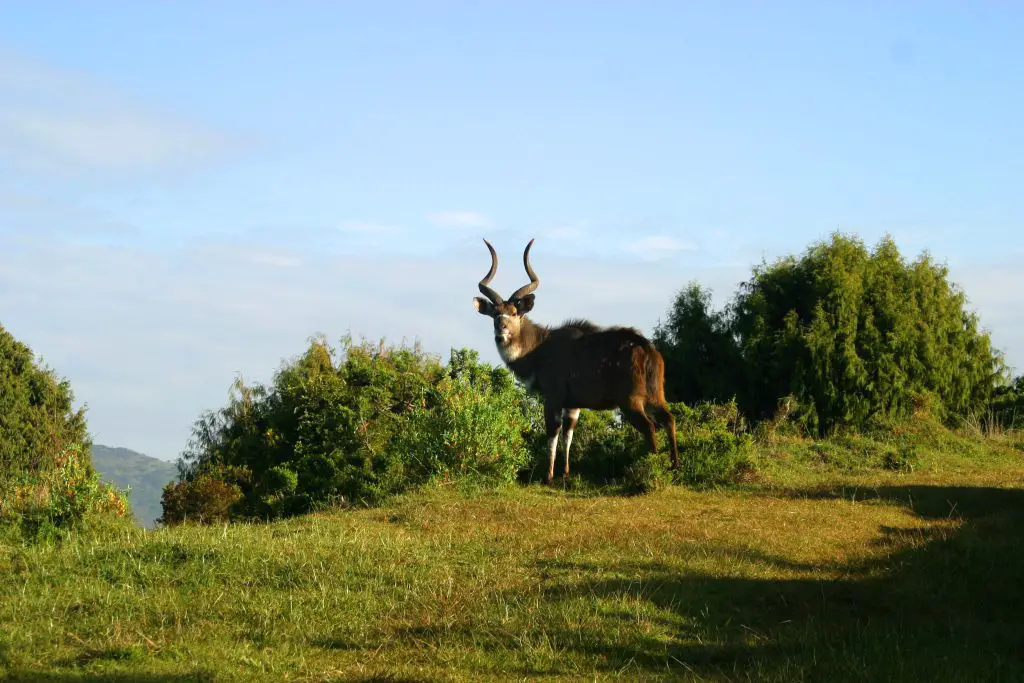
Nightcrawler
A familiar sight in gardens after a rain, nightcrawlers are large earthworms known for their nocturnal activity. Widely used as bait in freshwater fishing, these worms play an essential role in soil aeration and organic matter decomposition.
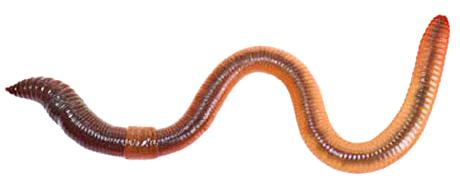
Nightfish
Native to southwestern Australia, the nightfish is a small freshwater species. Preferring still or slow-moving waters, this fish often hides in vegetation during the day and becomes more active at night, hence its name.
Nightjar
Often mistaken for owls due to their nocturnal habits, nightjars are birds that come alive during the twilight hours. They possess an extraordinary camouflage that blends seamlessly with their surroundings and are especially known for their aerial acrobatics while catching insects.
Nilgai
Holding the title of Asia’s largest antelope, the nilgai roams the plains and low hills of the Indian subcontinent. Males are distinguished by their blue-grey coats and short horns, while females are tawny brown and hornless.
Naseby
Although “Naseby” primarily refers to a historic village in the UK, there’s also a lesser-known species of air-breathing land snail that carries the name. These slow-moving creatures contribute to nutrient cycling in their habitats.
Neanderthal (Neandertal)
Before modern humans dominated the scene, Neanderthals roamed Eurasia. These archaic humans, closely related to Homo sapiens, were skilled hunters and exhibited complex social behaviours. They became extinct around 40,000 years ago, with their genetic legacy still evident in modern human DNA.

Needlefish
As their name suggests, needlefish are slender aquatic creatures with elongated jaws filled with sharp teeth. Found in both saltwater and freshwater, these fish are swift swimmers and can occasionally leap out of the water, especially when pursued.
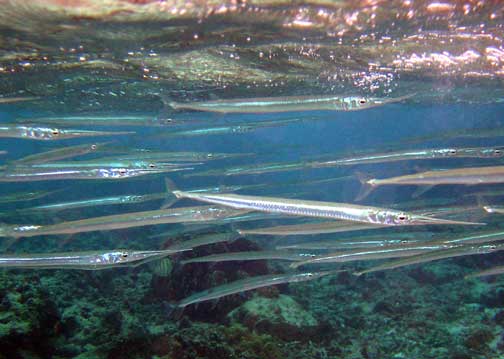
Nettle caterpillar
Found in parts of Asia, the nettle caterpillar is not one to be handled carelessly. Its body is covered in stinging hairs that can cause irritation on contact, serving as a defence mechanism against predators.
Nicobar treeshrew
The Nicobar treeshrew is a small mammal endemic to the Nicobar Islands of India. Agile and alert, this creature is part of the treeshrew family, known for its rapid movements and keen senses.
Nightingale
Famed for its melodious song, the nightingale is a small bird that serenades listeners with its varied and rich notes. Often more heard than seen, this bird’s song is especially pronounced during the evening and early morning hours.
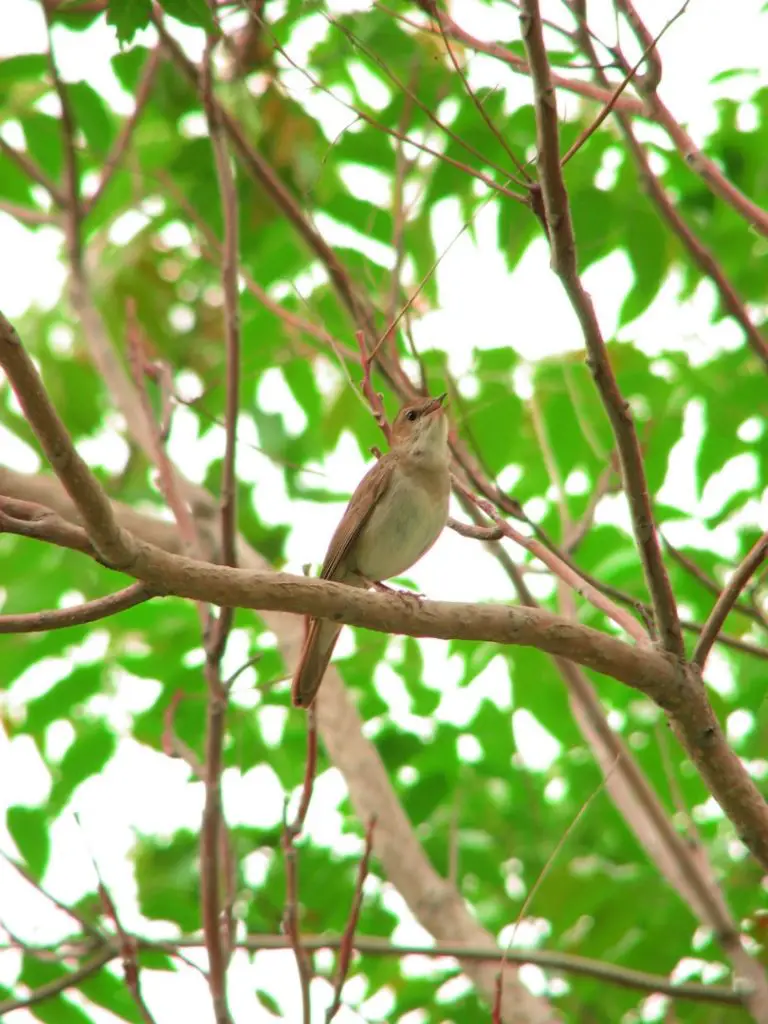
Nightshade
While nightshade primarily refers to a group of plants, there exists a nightshade bug, which interacts with these plants. These bugs often feed on nightshade plants, making them a crucial part of their respective ecosystems.
No See Ums
Tiny but often a nuisance, “No See Ums” is a colloquial term for biting midges. These minuscule flies can leave itchy, painful bites, making them unwelcome guests at outdoor events, especially near bodies of water.
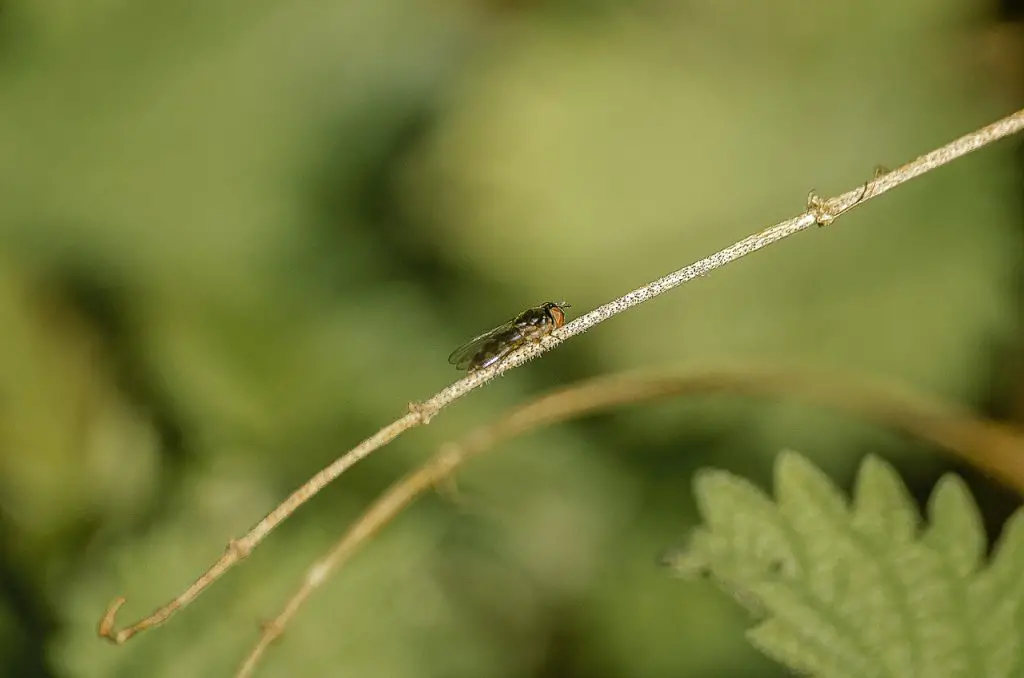
Noodlefish
Inhabiting the chilly waters of the North Pacific, noodlefish are transparent, small fish. Their slender, elongated bodies and gelatinous nature often make them a topic of interest among marine biologists and enthusiasts.
Author Profile
Latest entries
 Resources2024.01.25Animals That Start With The Letter N
Resources2024.01.25Animals That Start With The Letter N Bionic Reading2023.09.22Bionic Reading for Dyslexia: A Potential Bridge to Enhanced Comprehension
Bionic Reading2023.09.22Bionic Reading for Dyslexia: A Potential Bridge to Enhanced Comprehension Bionic Reading2023.09.21Bionic Reading for ADHD: Harnessing the Power of Visual Cues to Aid Focus and Comprehension
Bionic Reading2023.09.21Bionic Reading for ADHD: Harnessing the Power of Visual Cues to Aid Focus and Comprehension Bionic Reading2023.09.20Bionic Reading Method
Bionic Reading2023.09.20Bionic Reading Method
